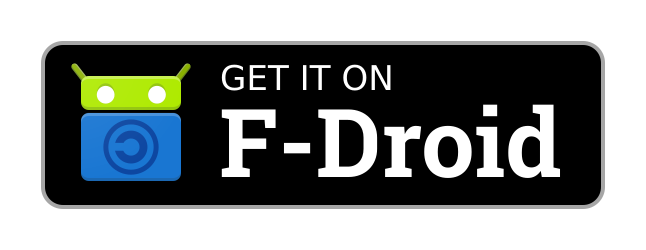A minimalist Chinese keyboard where you input characters by typing stroke sequences (e.g. 天 is ㇐㇐㇒㇔).
Uses Conway Stroke Data.
- Good character support (over 28k characters) including vernacular Cantonese
- User preference for traditional or simplified characters
- No permissions, tracking, etc.
- Deterministic candidate generation which doesn't learn user input
Copyright 2021–2024 Conway
Licensed under the GNU General Public License v3.0 (GPL-3.0-only).
This is free software with NO WARRANTY etc. etc., see LICENSE.
For detailed copyright information in relation to dependencies, see app/src/main/assets/about.html.
| Key | Stroke |
|---|---|
| ㇐ | horizontal; raise |
| ㇑ | vertical; vertical-with-hook |
| ㇒ | left-slash |
| ㇔ | right-press; dot |
| ㇖ | turn; bend |
| Character | Stroke sequence |
|---|---|
| 天 | ㇐㇐㇒㇔ |
| 下 | ㇐㇑㇔ |
| 為 | ㇔㇒㇖㇖㇖㇔㇔㇔㇔ |
| 公 | ㇒㇔㇖㇔ |
| Action | Function |
|---|---|
| Horizontally swipe space-bar | Change language |
| Long press space-bar | Change to other keyboard |
Use the system Back Button (or Back Gesture) to retract the keyboard.
These are Conway-Markdown (CMD) files,
used to compile the HTML files by running cmd --all
whilst in the root directory of this repository.
These are files containing CMD Rules used by the CMD files.
These are the actual About and Help files that get served in the app.
These are data files used by the input method. Taken from Conway Stroke Data (CC-BY-4.0 / Public Domain), see <https://github.com/stroke-input/stroke-input-data>.
This is the font used for the keyboard. Taken from Stroke Input Font (GPL-3.0-only), see <https://github.com/stroke-input/stroke-input-font>.
This is the stylesheet for the HTML files that get served in the app.


